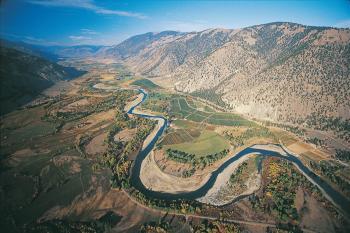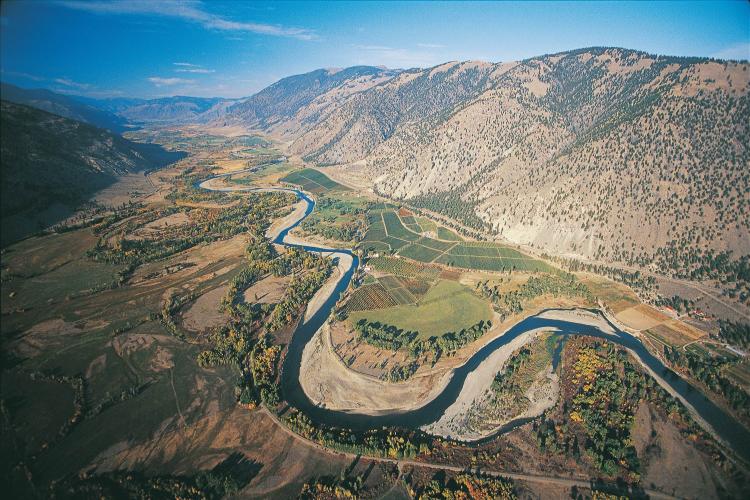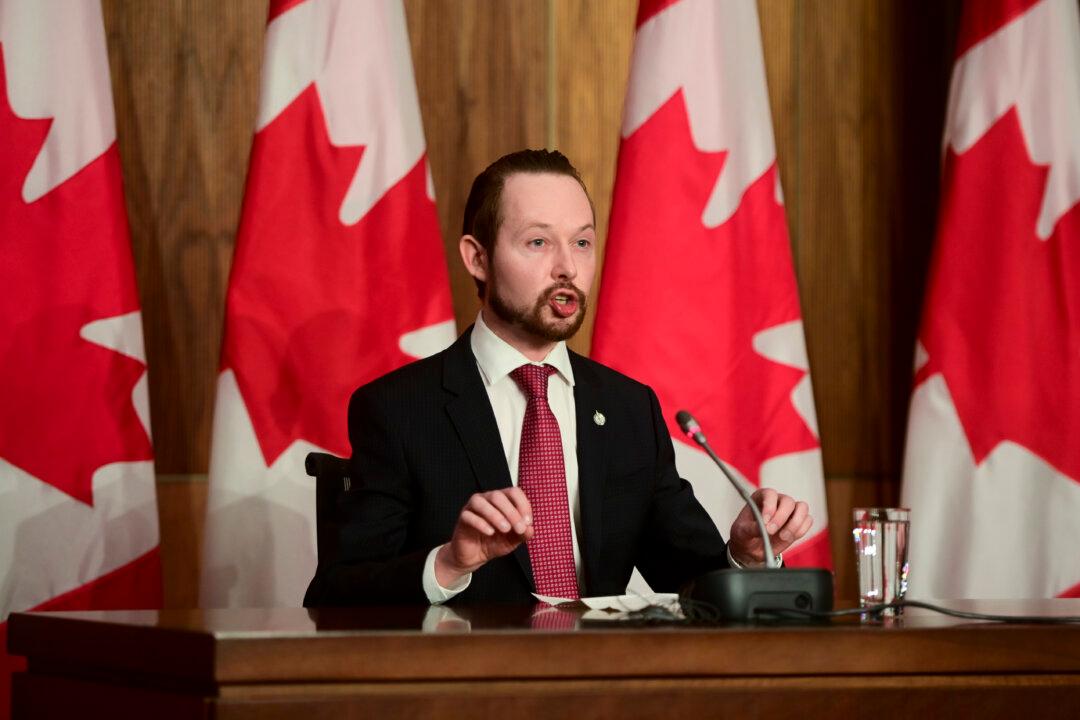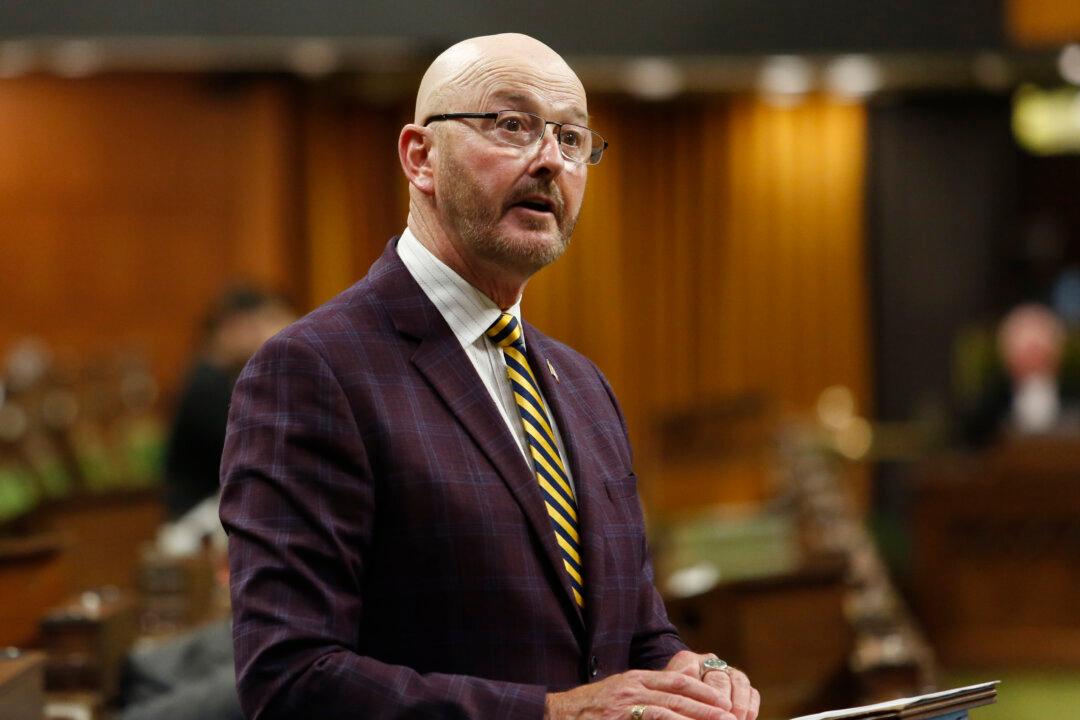A Washington State dam proposal that was first considered back in the 1920s and is now coming to fruition could have serious consequences for a British Columbia valley.
The Okanogan County Public Utility District (PUD) is proposing to build a major dam on the Similkameen River just south of the border that would flood a large area of B.C.’s ecologically rich Similkameen Valley.
In addition to providing a nominal amount of power, the Shanker’s Bend Hydroelectric Project would supply water for municipal and agricultural use in Washington State and provide an important source of cool water for downstream fish during the summer months.
But in Canada, the 7,300-hecatre reservoir would inundate more than 9,000 acres of the Similkameen Valley, drowning a delicate ecosystem that includes dozens of B.C.’s endangered species, important sloughs, unique grasslands, a potential national park, and First Nations reserve land and cultural sites.
The valley is also a wine-producing area and is known as the organic farming capital of Canada.
“It is massive destruction of critical habitat for endangered species in Canada,” says Chloe O’Loughlin, executive director of the Canadian Parks and Wilderness Society’s (CPAWS) B.C. chapter.
“[The area] is already threatened by suburban development and vineyards just cropping up everywhere, and now all of a sudden the U.S. is proposing to flood some of the lush valley bottoms.”
Both CPAWS, which has been working to raise awareness of the project and rally support against it, and Okanagan Nation Alliance (ONA) have been granted legal status as intervenors to block the dam. ONA is a tribal council representing seven Okanagan native bands.
The PUD proposal consists of three options: an 80-metre dam at a cost of $260 million, a smaller 27-metre dam that would not flood the Canadian side but would cut off important north-south migration routes, or a run-of-river project.
While the PUD is focusing on the high dam alternative, O’Loughlin says all three options would have a negative impact in B.C.
“The First Nations there are a trans-border First Nations, so they have many coyote sites and sacred sites south of the border as well as in Canada. So all three options are unacceptable to the First Nations and all three options are unacceptable to us.”
B.C. Environment Minister Barry Penner also applied for intervenor status but his application was dismissed because it was received too late.
In his six-page application, Penner, who has visited the proposed dam site, said the Province is opposed to the high dam “because of the anticipated environmental and community impacts in British Columbia.”
The high dam proposal, wrote Penner, would flood “Indian lands that may be subject to aboriginal rights and title, high quality agricultural land, parks and protected areas, and impact communities and endangered and at-risk flora and fauna. The low dam could have similar impacts in years of high water.”
Another concern, says O’Loughlin, is that such a large reservoir would have the effect of changing the microclimate, resulting in a “major impact” on the farms in the region.
“It changes the climate when you put in a really large cold lake that wasn’t there before.”
Both the PUD and CPAWS participated in a public presentation in Kelowna in March, at which representatives from the utility mentioned the benefits of a dam at Shanker’s Bend—none of which apply to Canada, says O’Loughlin.
“I actually couldn’t believe that they did this presentation in Canada, because they listed the benefits and not one of them is a benefit to Canada.” A call to the PUD requesting comment was not returned.
With Washington State having experienced prolonged dry spells in recent years, water has become an important issue politically and funding was given to public utility districts to put toward dams where viable.
According to news reports, Washington State Governor Chris Gregoire responded to critics of new dam projects by saying, “If not there, where? We need to store more water in Eastern Washington.”
And although the Canadian Okanagan is thriving, the same valley across the border is more remote with a sparse population.







